This article was medically reviewed by Luba Lee, FNP-BC, MS and by wikiHow staff writer, Jennifer Mueller, JD. Luba Lee, FNP-BC is a Board-Certified Family Nurse Practitioner (FNP) and educator in Tennessee with over a decade of clinical experience. Luba has certifications in Pediatric Advanced Life Support (PALS), Emergency Medicine, Advanced Cardiac Life Support (ACLS), Team Building, and Critical Care Nursing. She received her Master of Science in Nursing (MSN) from the University of Tennessee in 2006.
This article has been viewed 19,269 times.
Accidentally cutting yourself can be painful and alarming. However, most cuts can be cleaned and cared for at home with basic first aid techniques and will heal just fine on their own. Properly cleaning the cut and keeping it covered while it heals is usually enough to prevent the cut from getting infected. However, if you notice signs of infection at any point, get a healthcare worker to take a look at it.[1]
Steps
Cleaning the Cut
-
1Wash your hands before cleaning the cut. Use soap and warm water to thoroughly wash your hands before you touch the skin around the cut. This keeps you from transferring any dirt or bacteria you might have on your hands to the cut, which can cause infection.[2]
- If the cut is on one of your hands, wash your hands as best you can without getting soap into the cut. You might want to get someone else to help you clean and bandage a cut on one of your hands so you can make sure it's done properly.
-
2Apply gentle pressure with a clean cloth to stop the bleeding. Press a clean, dry cloth or piece of gauze against the cut for about 5 minutes. During that time, resist the urge to pull back the cloth and check to see if it's still bleeding. You could make it start bleeding again.[3]
- After 5 minutes, check to see if the cut is still bleeding. If it is, put pressure on it for a little longer. If it doesn't stop bleeding after 15 minutes of gentle pressure, seek medical attention.
- If the cut is on your mouth or lip, sucking on a piece of ice can help stop the bleeding.[4]
- Raising the cut above the level of your heart will help stop the bleeding faster. If the cut is on your arm, raise your arm over your head. If it's on your leg, lay down and prop your leg up.[5]
Advertisement -
3Rinse the cut under running tap water for 5 minutes. Once the cut has stopped bleeding, hold it under a running tap of cool water. If the cut is in a place you can't easily get under a tap, fill a cup with water and pour it over the cut. Refill and continue the process for about 5 minutes.[6]
- Don't scratch or rub the skin around the cut or try to pull apart the cut.
- If the cut appears deep, or if it starts bleeding again when you run water over it, stop rinsing it out. Apply pressure with a clean, dry cloth or piece of gauze and seek medical attention.
-
4Remove any dirt or debris with tweezers. Dip the tips of the tweezers in rubbing alcohol to sterilize them, then wait for them to dry. Once they're dry, carefully pull out any dirt or other material that has lodged into the cut and won't come out on its own. Be careful not to dig into your skin with the tweezers or make the cut bigger in the process.[7]
- If there's anything stuck in the cut that you can't get out, seek medical attention rather than trying to do it yourself.
-
5Wash around the cut with soap. Use a damp, lint-free cloth or piece of gauze and a drop of mild soap to gently clean the skin surrounding the cut. Be careful not to get any soap directly into the cut — it could sting. Rinse the soap with cool, clean [8]
- Don't use hydrogen peroxide or iodine to clean the cut. These may irritate your skin and can prolong how long it takes to heal.
-
6Pat the cut dry. Use a clean piece of gauze, paper towel, or lint-free cloth to dry the cut and the skin around it. If you use a washcloth or facial tissue, fibers could get into the cut, which could ultimately lead to infection.[9]
- Don't blow on the cut or the surrounding skin to dry it. Bacteria in your breath could cause an infection to develop.
Protecting the Skin While It Heals
-
1Dab on a thin layer of antibiotic ointment with your finger. If you don't have antibiotic ointment, petroleum jelly will also work. However, the antibiotic ointment kills any bacteria that might remain in the cut and better prevents infection.[10]
- You can also use a clean lint-free cloth or piece of gauze to apply the ointment if you don't want to get it on your finger. However, don't use facial tissue or a cotton ball — they could leave fibers in the cut.
- Wash your hands and dry them after applying the antibiotic ointment.
-
2Cover the cut completely with a bandage or gauze. Covering the cut protects it from dirt and bacteria that could lead to infection. The bandage should completely cover the cut and the skin immediately surrounding it. If you're using gauze, cut a piece large enough to cover the wound and secure it with medical tape. If the cut is on an arm or leg, you can also wrap the gauze around the limb and then secure the end.[11]
- Make sure there is no adhesive touching the cut itself. If you're using an adhesive bandage, make sure the cut is completely covered by the pad.
- Even though you've washed your hands, don't touch the part of the bandage that rests directly on the cut.
-
3Change the bandage or dressing at least once a day. A good time to change the dressing on a cut is immediately after you take a bath or shower each day. Rinse the cut with water and clean the skin around it, then reapply a fresh bandage after your skin is completely dry.[12]
- If the bandage or dressing becomes wet or dirty, go ahead and change it.
-
4Avoid picking at the scab or the skin around the cut. Once the cut forms a scab, you don't necessarily have to cover it with a bandage anymore. The scab is your body's own protective "bandage" while the skin underneath it heals. However, if you know you're likely to pick at the scab, you might want to cover it anyway.[13]
- As the cut heals, it might become itchy. If you inadvertently scratch it and break the scab, immediately wash your hands, then wash the cut and re-bandage it.
Recognizing Signs of Infection
-
1Pay close attention to wounds more likely to become infected. Regardless of how well you clean and protect a cut, some are more likely to become infected than others. Check your cut closely every time you clean it if the cut:[14]
- Came from a nail, metal object, or broken glass
- Is on your hand, foot, leg, armpit, or groin area
- Contained dirt or saliva
- Wasn't cleaned or treated for 8 hours or longer
-
2Compare the size and color of the cut as it heals. If your cut is healing properly, it will start to look smaller and the skin around it will return to normal. However, if your cut gets infected, it will start looking worse than it did before.[15]
- If you have a hard time noticing differences, you might want to take a picture of it every day so you have something to compare its appearance to. Place an object next to the cut as a size marker so you can tell if it's getting larger or smaller.
-
3Notice if your cut has any increased swelling or pain. While it’s normal to experience some swelling and slight pain, those feelings should go away as the cut heals. If you see that the skin around your cut feels more tender or has swollen even more, then you may need to see your primary care provider to check for an infection.
-
4Check for red streaks in the skin around the cut. If you notice red streaks that seem to come from the cut and radiate outward to the surrounding skin, your cut might be infected. Some infected cuts also have what looks like red rings around them.[16]
- Swelling and general redness around the cut are also signs of a possible infection.
-
5Take your temperature if you think you might have a fever. If you feel unusually hot or have chills, you might have a fever. Generally, a temperature of 38 °C (100 °F) could be a sign of infection, especially if the cut also looks unusual.[17]
- Even if you don't have a fever, your cut might be infected if you feel generally unwell or if the glands under your chin or in your neck, armpit, or groin are swollen.
-
6Examine any drainage coming from the cut. If you notice green or yellowish pus draining from the cut, it's likely to be infected. White or cloudy fluid draining from the cut could also be a sign of infection.[18]
- Avoid squeezing or pressing on the cut to try to release the pus. Draining the pus from the cut won't clear any infection and might make it worse.
-
7Go to the doctor if you think the cut is infected. If you notice signs of infection, go to your nearest healthcare provider or clinic. It's not necessarily an emergency, but you want to get treatment as soon as possible.[19]
- The doctor will examine the cut and may clean it out. If it is infected, a round of antibiotics will clear the infection.
Warnings
- You're at greater risk for infection of any cut if you have diabetes or a weak immune system, or are an alcoholic.[22]⧼thumbs_response⧽
References
- ↑ https://www.nhs.uk/conditions/cuts-and-grazes/
- ↑ https://www.mayoclinic.org/first-aid/first-aid-cuts/basics/art-20056711
- ↑ https://kidshealth.org/en/teens/cuts.html
- ↑ https://www.stanfordchildrens.org/en/topic/default?id=cuts-and-wounds-of-the-mouth-and-lips-90-P02836
- ↑ https://www.nhs.uk/conditions/cuts-and-grazes/
- ↑ https://kidshealth.org/en/teens/cuts.html
- ↑ https://www.mayoclinic.org/first-aid/first-aid-cuts/basics/art-20056711
- ↑ https://www.mayoclinic.org/first-aid/first-aid-cuts/basics/art-20056711
- ↑ https://kidshealth.org/en/teens/cuts.html
- ↑ https://www.mayoclinic.org/first-aid/first-aid-cuts/basics/art-20056711
- ↑ https://www.mayoclinic.org/first-aid/first-aid-cuts/basics/art-20056711
- ↑ https://www.mayoclinic.org/first-aid/first-aid-cuts/basics/art-20056711
- ↑ https://kidshealth.org/en/teens/cuts.html
- ↑ https://www.fairview.org/patient-education/85329
- ↑ https://www.fairview.org/patient-education/85329
- ↑ https://kidshealth.org/en/teens/cuts.html
- ↑ https://www.nhs.uk/conditions/cuts-and-grazes/
- ↑ https://kidshealth.org/en/teens/cuts.html
- ↑ https://kidshealth.org/en/teens/cuts.html
- ↑ https://kidshealth.org/en/teens/cuts.html
- ↑ https://www.nhs.uk/conditions/cuts-and-grazes/
- ↑ https://www.fairview.org/patient-education/85329
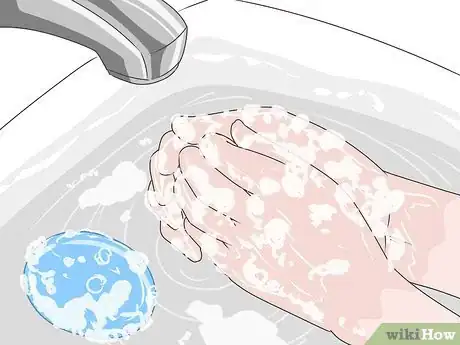
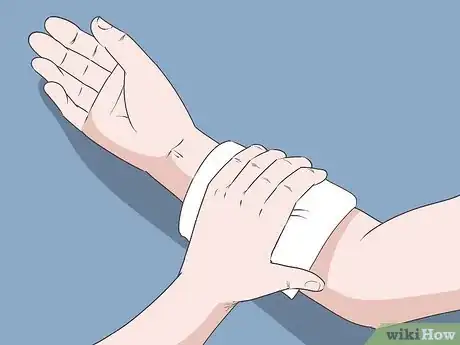
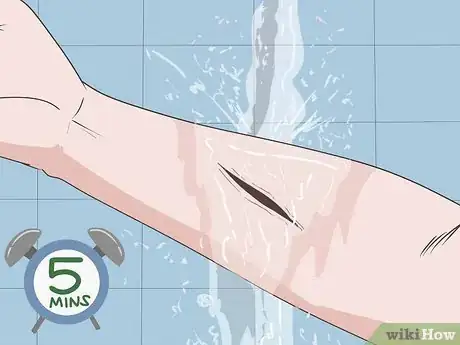


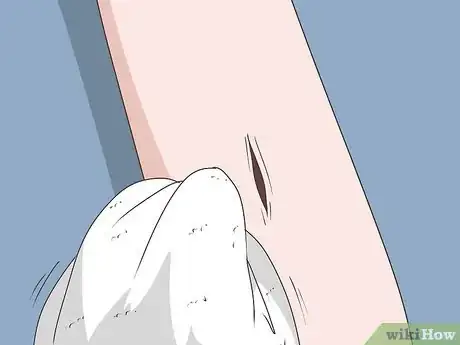
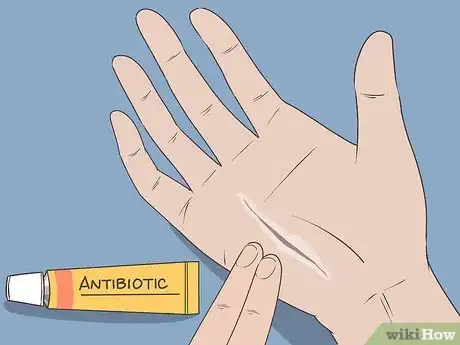

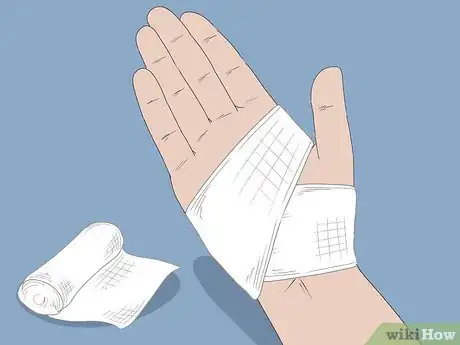
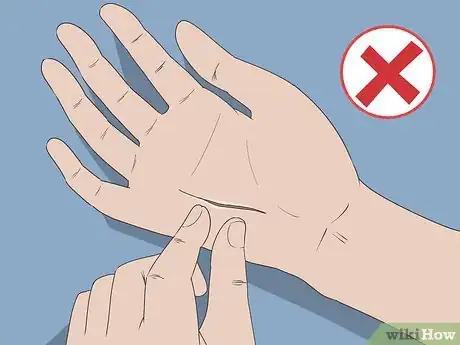
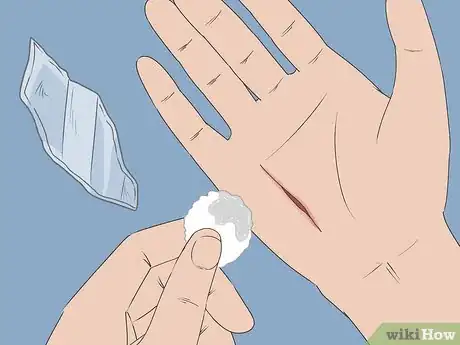
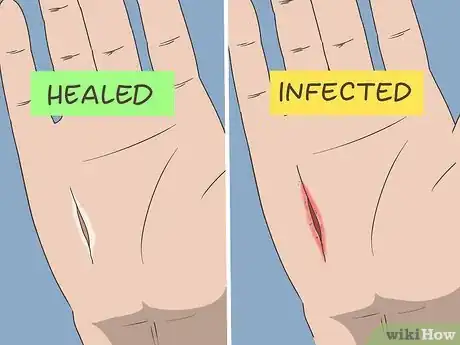
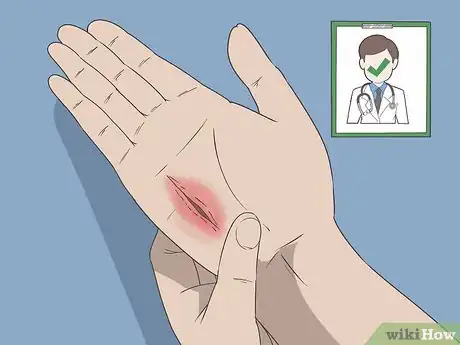
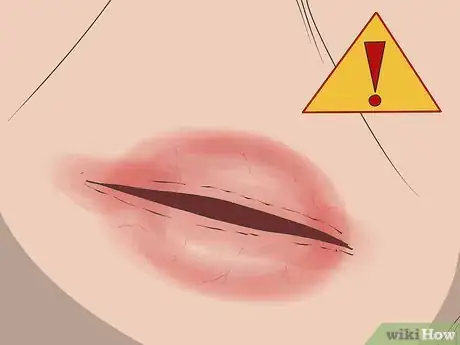
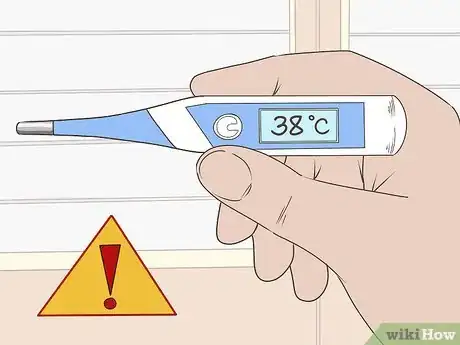
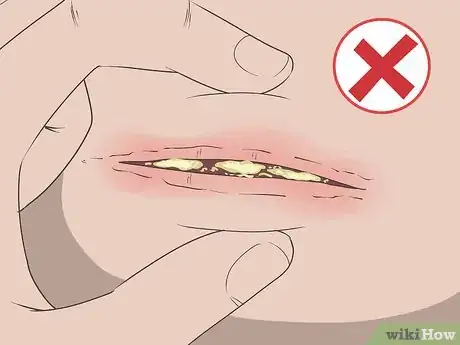
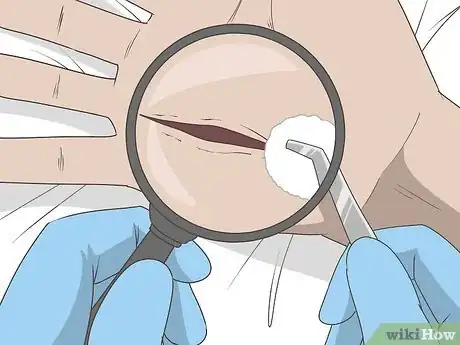


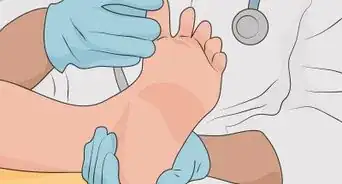
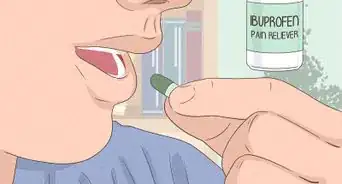


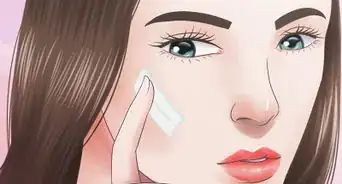
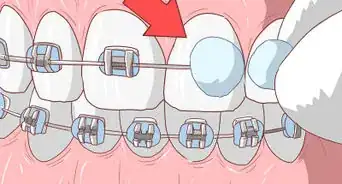

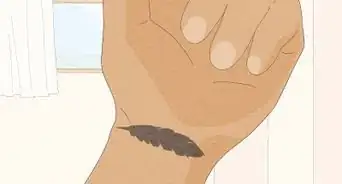

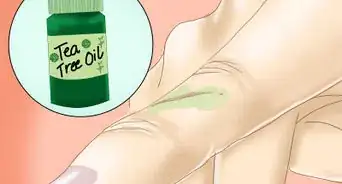








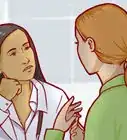

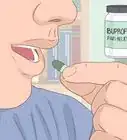



































Medical Disclaimer
The content of this article is not intended to be a substitute for professional medical advice, examination, diagnosis, or treatment. You should always contact your doctor or other qualified healthcare professional before starting, changing, or stopping any kind of health treatment.
Read More...